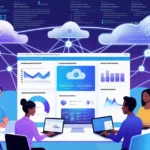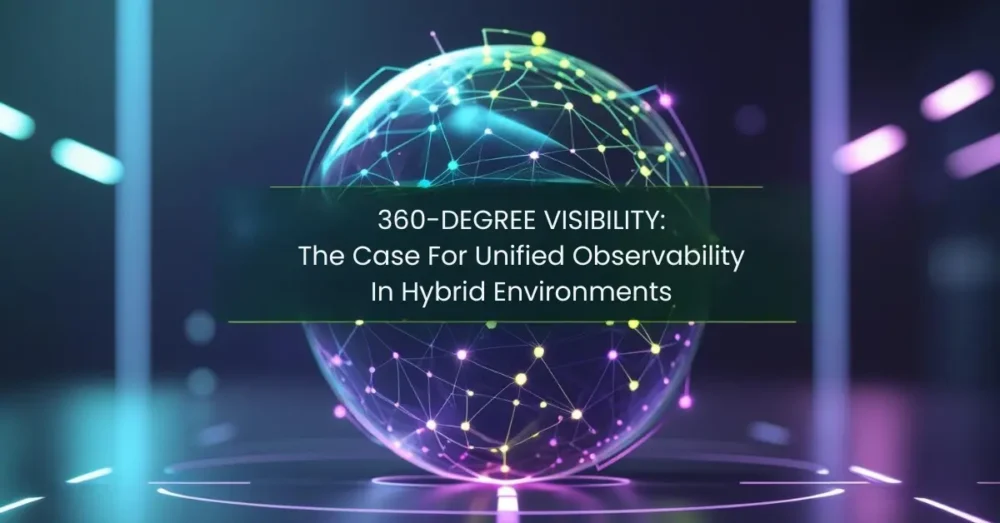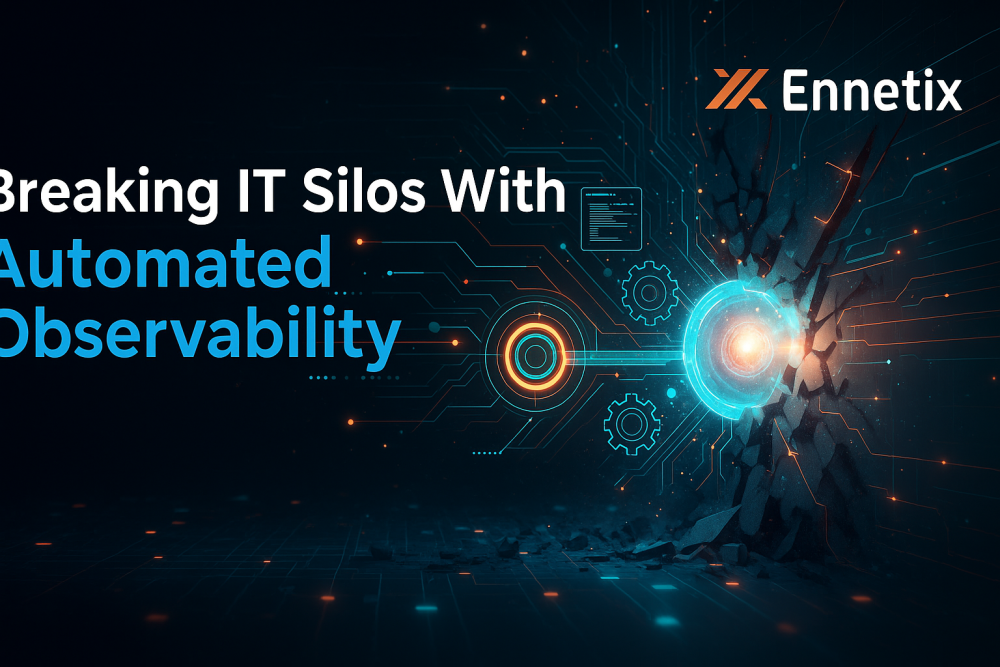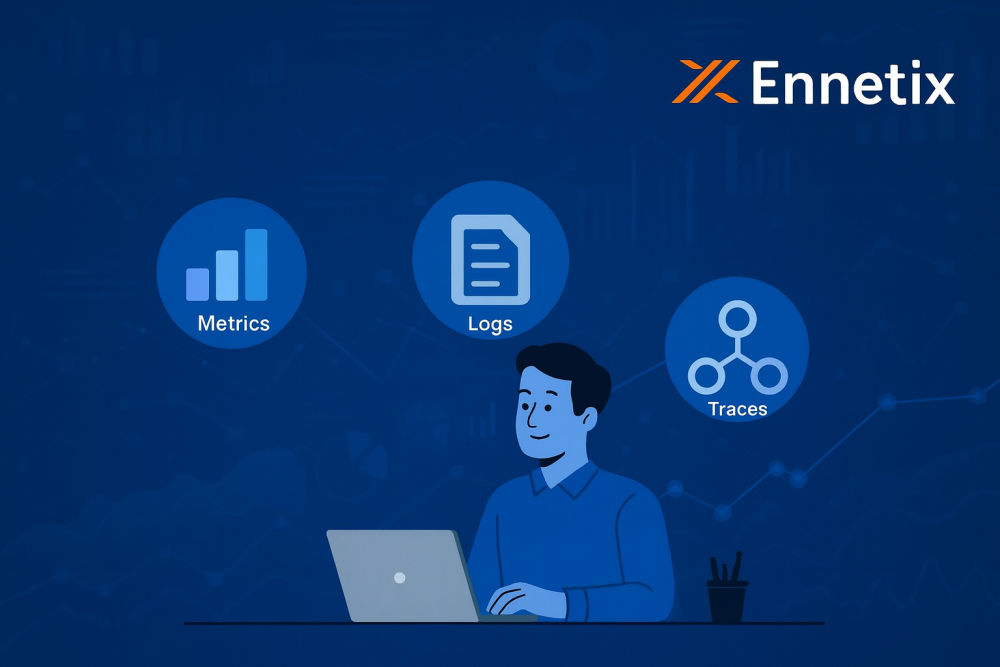
Digital Experience Monitoring for Remote Workforces: An AIOps Approach
May 21, 2025
Top Cyber Threats in 2025 and How AIOps Can Help Defend Against Them
June 24, 2025In today’s fast-evolving IT landscape, hybrid environments have become the operational standard. Organizations are increasingly running a combination of on-premises infrastructure, public and private clouds, SaaS applications, and edge devices. While this hybrid model provides flexibility and scalability, it also introduces significant challenges in monitoring, managing, and securing these complex environments.
One of the most pressing challenges is lack of visibility—a problem that unified observability seeks to solve through end-to-end insights and cross-domain correlation. This blog explores the growing need for 360-degree visibility in hybrid environments and how unified observability enables faster, smarter IT operations.
The Visibility Problem in Hybrid IT
Hybrid environments, by nature, are fragmented. Monitoring them effectively requires more than traditional tools that focus on isolated metrics or siloed components.
Common visibility challenges include
- Disjointed monitoring tools for applications, networks, infrastructure, and security
- Blind spots between cloud and on-premise systems
- Delayed root cause identification, leading to longer downtimes
- Lack of real-time context across distributed systems
These limitations slow down response times, increase operational costs, and weaken the ability to proactively detect anomalies or threats.
What Is Unified Observability?
Unified observability is a strategic approach that brings together telemetry data—metrics, logs, traces, events, and user insights—from across the IT ecosystem into a single, correlated, and actionable view.
Unified observability is a strategic approach that brings together telemetry data—metrics, logs, traces, events, and user insights—from across the IT ecosystem into a single, correlated, and actionable view.
Key characteristics include:
- Full-stack visibility across infrastructure, applications, endpoints, and users
- Cross-domain correlation to connect cause and effect across systems
- AI/ML-powered analytics for predictive insights and anomaly detection
- Real-time monitoring that spans both cloud-native and legacy systems
Rather than simply collecting data, unified observability turns information into insight, enabling IT teams to move from reactive troubleshooting to proactive management.
Why 360-Degree Visibility Matters
360-degree visibility is the cornerstone of unified observability. It ensures that IT teams have contextual, continuous awareness of every component and dependency within the environment.
Benefits of 360-degree visibility in hybrid environments:
- Reduced mean time to resolution (MTTR) through automated root cause analysis
- Improved uptime and user experience with proactive anomaly detection
- Enhanced security posture by identifying hidden vulnerabilities or attack patterns
- Informed capacity planning based on real-time utilization trends
- Fewer tools and dashboards to manage, leading to operational efficiency
As organizations scale and systems grow more complex, having a complete picture is not just beneficial—it’s essential.
What to Look for in a Unified Observability Platform
Choosing the right observability platform for hybrid infrastructure requires careful evaluation of features and capabilities.
Key platform capabilities to prioritize:
- End-to-end observability across cloud, on-prem, and edge
- Real-time and predictive anomaly detection
- Automated root cause analysis (RCA)
- Correlated performance and security insights
- Scalability and vendor-agnostic data ingestion
- Support for AI/ML-based decision-making
A strong observability platform should unify all your data sources and deliver not only insight but also remediation guidance to resolve issues quickly.
Moving from Monitoring to Intelligence
The shift from traditional monitoring to unified observability is more than a technical upgrade—it’s a transformation of how IT operates. With 360-degree visibility, organizations are better equipped to maintain service reliability, strengthen security, and optimize performance in increasingly distributed environments.
Unified observability is not just about watching data—it’s about understanding it, correlating it, and acting on it in real time.
To learn how unified observability can help your organization manage hybrid IT complexity with confidence, visit the Ennetix Observability Platform page.












